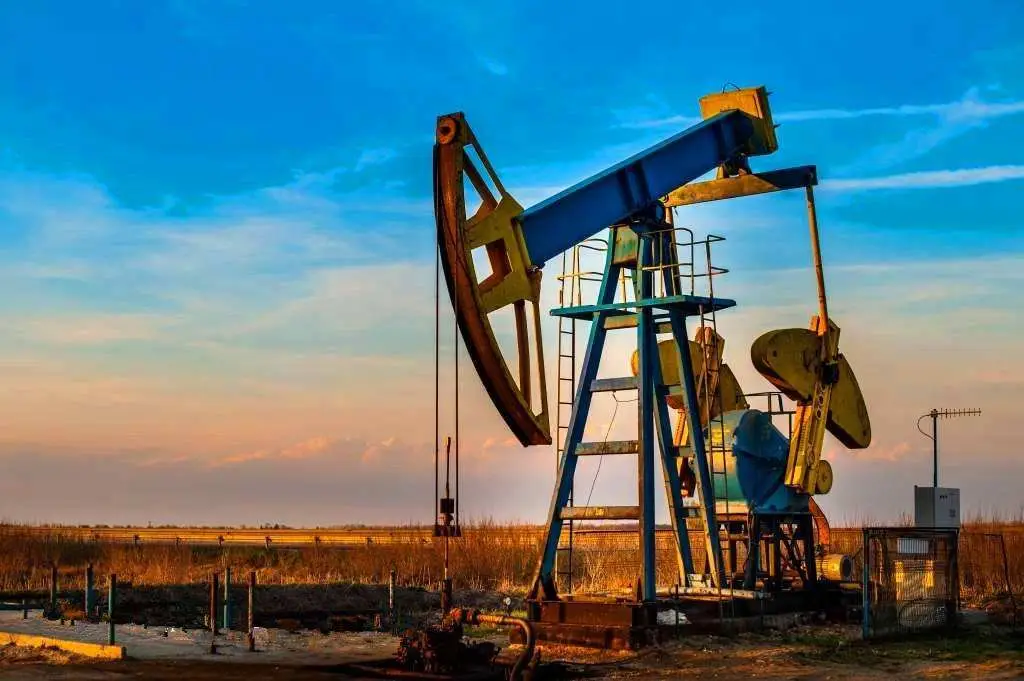I. Product Selection and Preparation
- Specification Requirements:
- Select industrial-grade SMAS with purity ≥95%
- Confirm absence of metal impurities like Fe³⁺ (content ≤0.5ppm)
- Mother Solution Preparation:
Chemical
SMAS: 3-5% (mass fraction) Acrylamide (AM): 5-8% Deionized water: Balance Initiator (ammonium persulfate): 0.05-0.1%
*Note: React with stirring at 50-60°C for 4-6 hours to prepare copolymer mother solution*
II. Drilling Fluid System Compatibility
| Fluid Type | Recommended Dosage | Applicable pH Range | Temperature Limit |
|---|---|---|---|
| Freshwater | 0.3-0.5% | 7-9 | 120°C |
| Brine | 0.5-0.8% | 8-10 | 150°C |
| Saturated Brine | 0.8-1.2% | 9-11 | 180°C |

III. Field Operation Procedures
- Pretreatment:
- Measure base fluid API filtration loss (baseline)
- Adjust pH to 8.5-9.5 (using Na₂CO₃ or NaOH)
- Dosing Procedure:
① Slowly add SMAS copolymer under low-speed agitation (500rpm)
② Continue mixing for 30 minutes to ensure complete dispersion
③ Test performance after 24-hour aging - Performance Monitoring Indicators:
- API filtration loss: Control ≤15ml/30min
- HTHP filtration loss (150°C): ≤25ml/30min
- Rheological parameters: Maintain PV at 8-15cP, YP 3-8lb/100ft²
IV. Key Considerations
- Compatibility Testing:
- Conduct compatibility tests with common additives (e.g. PAC-LV, SMP)
- Avoid direct mixing with high-valence metal salts (Al³⁺, Cr³⁺)
- Performance Enhancement:
- Combine with 0.1-0.3% nano-SiO₂ to improve thermal stability
- Add 0.05% EDTA to enhance salt resistance
- Troubleshooting:
Issue:
Possible causes: 1. System pH<7 causing sulfonate protonation 2. Temperature exceeding 180°C causing degradation Solutions: 1. Add NaOH to adjust pH 2. Supplement with 0.2% sulfonated phenolic resin
V. Environmental Management
- Waste treatment:
- Control waste liquid COD <500mg/L (treatable by Fenton oxidation)
- Biotoxicity:
- 96h LC50 (fish) >1000mg/L, classified as low-toxicity substance
Note: Specific parameters should be adjusted according to formation conditions. Pilot testing is recommended prior to field application.






